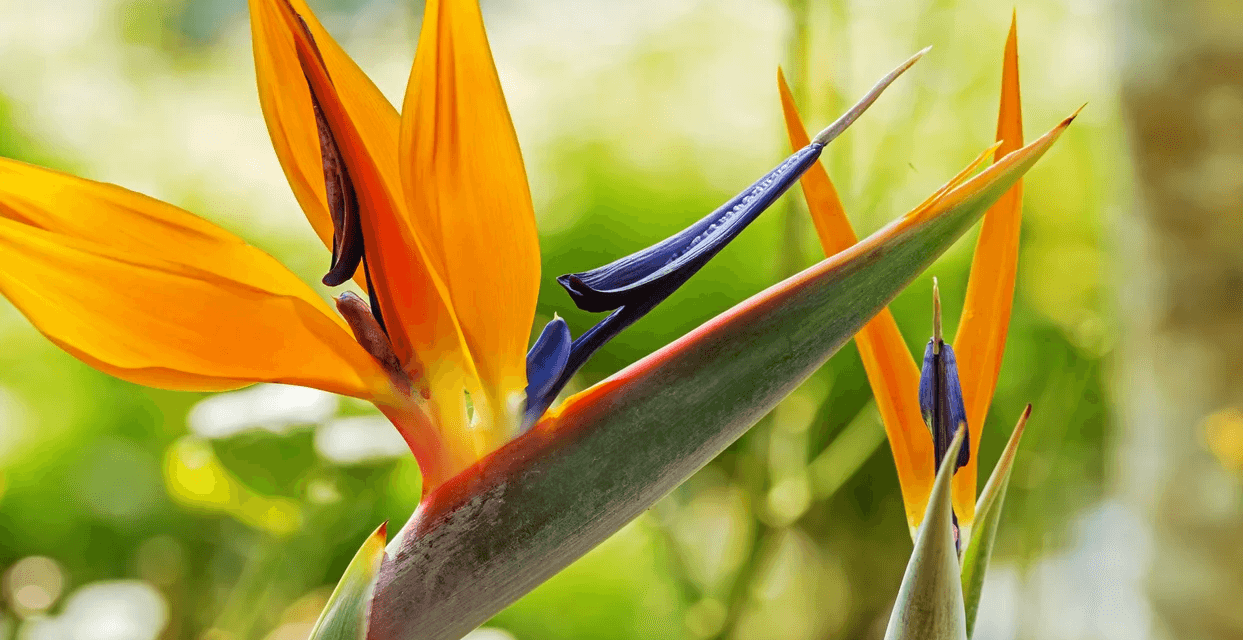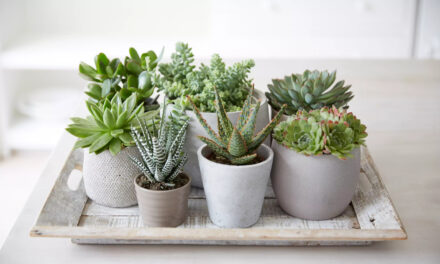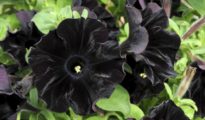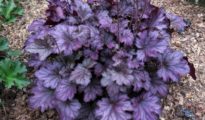The Bird of Paradise flower, also known as Strelitzia, is a plant that belongs to the family Strelitziaceae. This exotic flower is native to South Africa and is known for its striking, colorful appearance. The Bird of Paradise is a favorite among gardeners and flower enthusiasts alike, thanks to its unique shape and vibrant hues. In this blog post, we will explore the history, symbolism, and care tips for the Bird of Paradise flower.
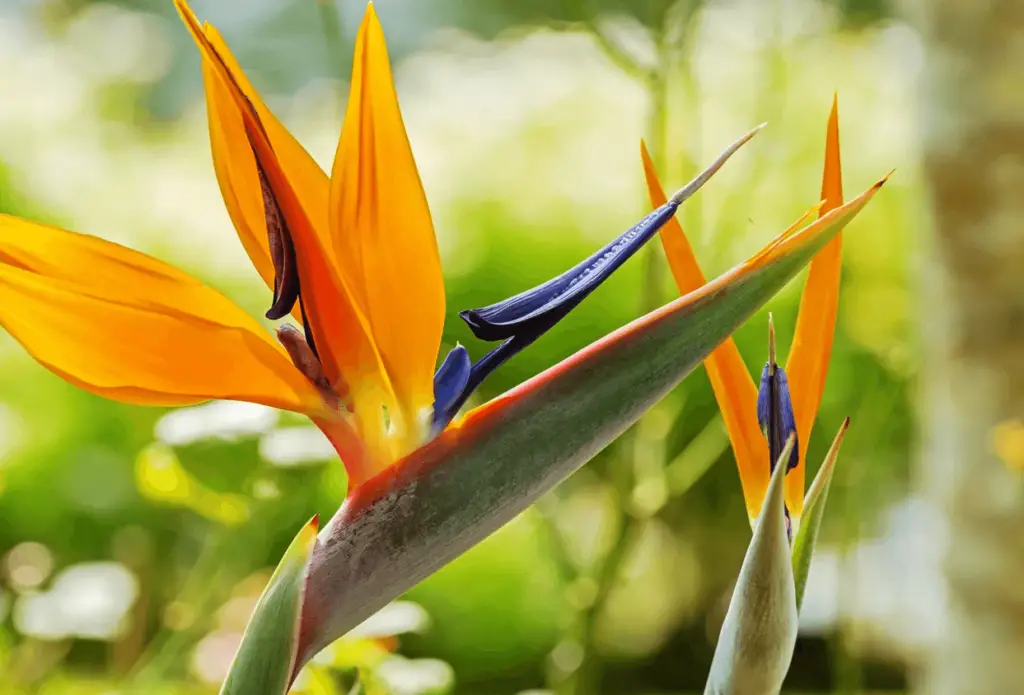
History of the Bird of Paradise Flower
The Bird of Paradise flower is named after the bird of the same name, which is found in New Guinea. The first specimens of the flower were sent to Europe in the 18th century by explorers, and it quickly became a popular ornamental plant. The flower was named after Queen Charlotte of Mecklenburg-Strelitz, who was a patron of botany and the wife of King George III of England. The genus Strelitzia was named in her honor.
The Bird of Paradise flower has also been used for medicinal purposes by native South Africans. The Zulu people would use the flower to treat a variety of ailments, such as fever, malaria, and skin conditions. The roots and leaves were also used as a sedative and to relieve anxiety.
Symbolism of the Bird of Paradise Flower
The Bird of Paradise flower is often associated with freedom, beauty, and paradise. In Victorian times, the flower was a symbol of good luck and was often given as a gift. The flower has also been used in various cultures to symbolize love, faithfulness, and loyalty.
In some cultures, the Bird of Paradise flower is believed to have spiritual significance. For example, in the Hindu religion, the flower is said to represent the divine feminine and is used in religious ceremonies. In Native American culture, the flower is believed to bring good luck and is used in healing rituals.
The Bird of Paradise flower is also the official flower of the city of Los Angeles, California. The city adopted the flower as its symbol in 1931, as a way to celebrate its exotic beauty and its association with the film industry.
Types of Bird of Paradise Flowers
There are five different species of Bird of Paradise flowers, all of which are native to South Africa. The most common type is Strelitzia reginae, which is known for its vibrant orange and blue flowers. The other species are:
- Strelitzia juncea: This species has narrow, reed-like leaves and yellow flowers.
- Strelitzia nicolai: This species is also known as the Giant White Bird of Paradise and has large, white flowers.
- Strelitzia caudata: This species has long, curved leaves and orange flowers.
- Strelitzia alba: This species has white flowers and is much rarer than the others.
Caring for Bird of Paradise Flowers
The Bird of Paradise flower is a relatively easy plant to care for, but it does require some specific conditions to thrive. Here are some tips for caring for your Bird of Paradise:
- Light: Bird of Paradise flowers require bright, indirect sunlight to grow properly. They should be placed near a window that gets plenty of natural light.
- Water: The soil should be kept moist, but not too wet. The plant should be watered once a week, or when the top inch of soil is dry.
- Soil: The Bird of Paradise flower prefers well-draining soil that is rich in nutrients. It should be planted in a pot with drainage holes to prevent water from accumulating in the soil.
- Fertilizer: The plant should be fertilized once a month during the growing season (spring and summer). A balanced fertilizer, such as a 10-10-10 or 20-20-20, should be used to provide the plant with the necessary nutrients for healthy growth.
- Temperature and humidity: The Bird of Paradise flower prefers warm temperatures between 60-70 degrees Fahrenheit and high humidity. It is important to keep the plant away from cold drafts or temperatures below 50 degrees Fahrenheit.
- Pruning: Pruning is important for the health and appearance of the plant. Dead or damaged leaves and flowers should be removed promptly to prevent the spread of disease. The plant can also be pruned to control its size and shape.
- Repotting: The Bird of Paradise flower should be repotted every two to three years to provide it with fresh soil and room to grow. When repotting, it is important to use a pot that is one size larger than the previous one.
Growing Bird of Paradise Flowers
Growing Bird of Paradise flowers can be a rewarding experience for gardeners and plant enthusiasts. Here are some tips for growing Bird of Paradise flowers:
- Location: The Bird of Paradise flower should be planted in a location that gets plenty of sunlight and is protected from strong winds.
- Soil: The soil should be well-draining and rich in nutrients. A mixture of peat moss, perlite, and sand can be used to create a suitable soil mixture.
- Planting: The Bird of Paradise flower should be planted at the same depth as it was in its previous container. It is important to space the plants at least 6 feet apart to allow for proper growth.
- Watering: The plants should be watered deeply once a week, or when the top inch of soil is dry. It is important to avoid overwatering, as this can lead to root rot.
- Fertilizer: A balanced fertilizer should be used once a month during the growing season (spring and summer) to provide the plants with the necessary nutrients for healthy growth.
- Propagation: Bird of Paradise flowers can be propagated through division or by seed. Division is the most common method, and it involves separating the plant into smaller sections and replanting them in fresh soil.
- Pests and diseases: The Bird of Paradise flower is relatively pest and disease-resistant, but it can be susceptible to spider mites, mealybugs, and scale insects. It is important to inspect the plants regularly for signs of infestation and to treat them promptly.
The Bird of Paradise flower is a stunning plant that is loved by gardeners and flower enthusiasts around the world. Its unique shape and vibrant colors make it a popular choice for adding a touch of exotic beauty to gardens and indoor spaces. By following the tips and guidelines outlined in this blog post, you can enjoy the beauty of the Bird of Paradise flower in your own home or garden.

